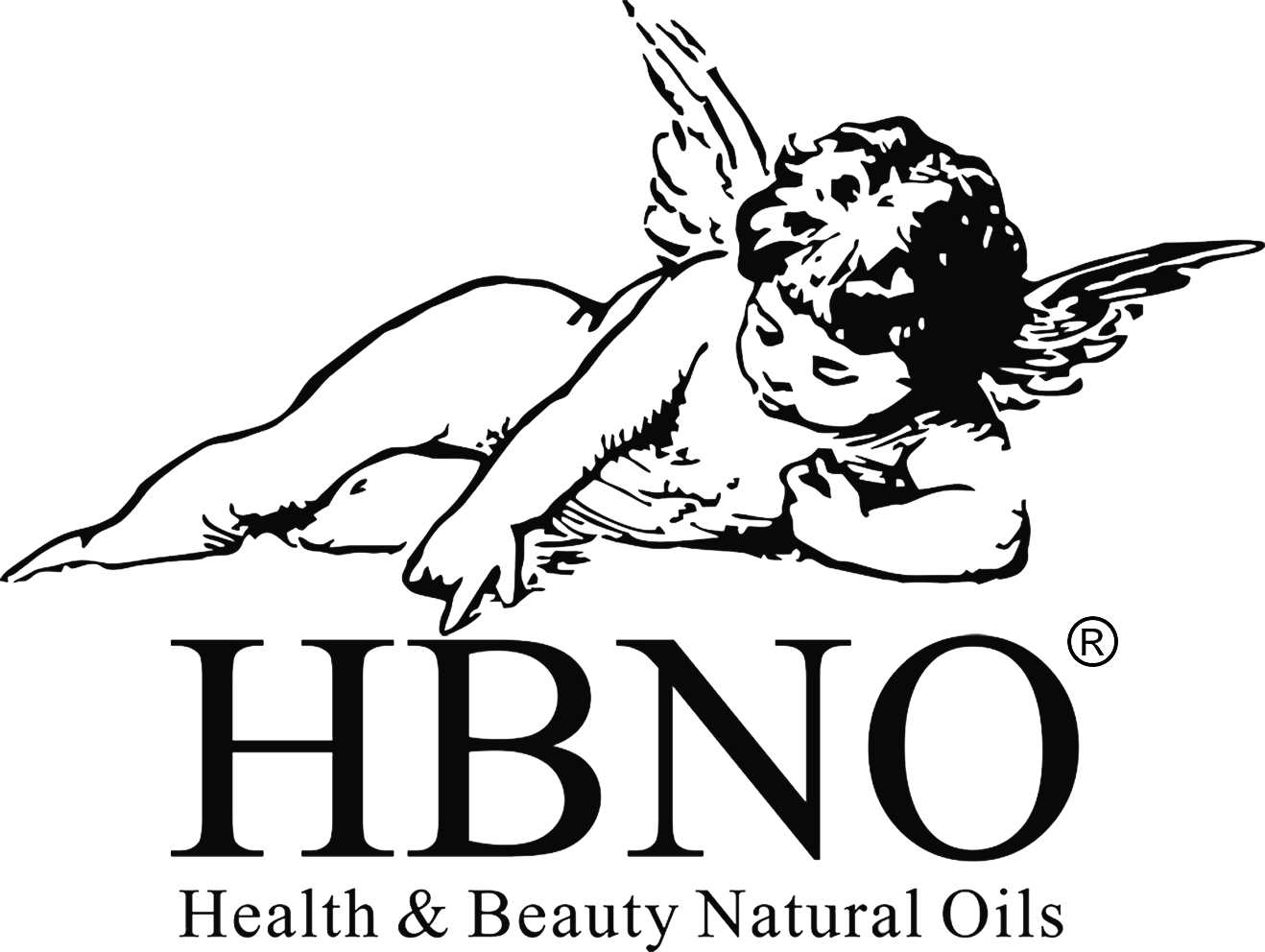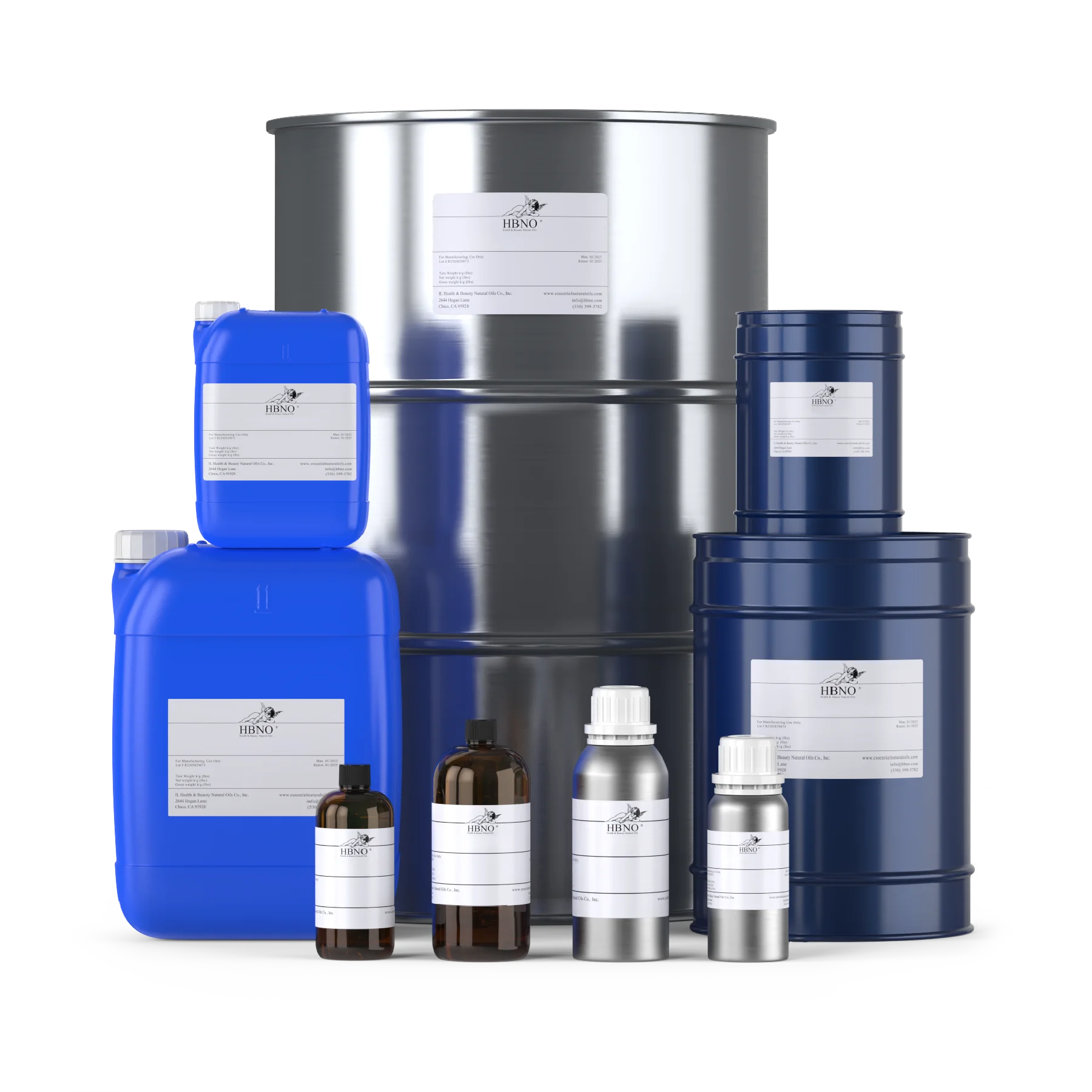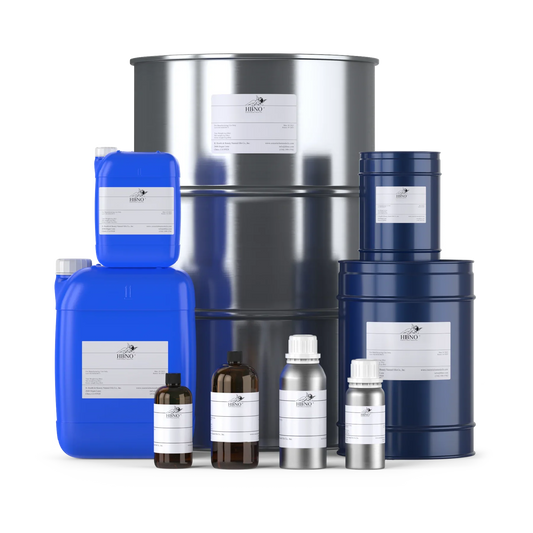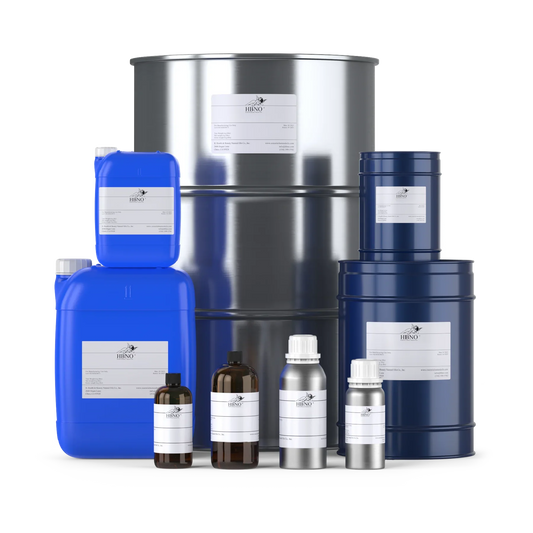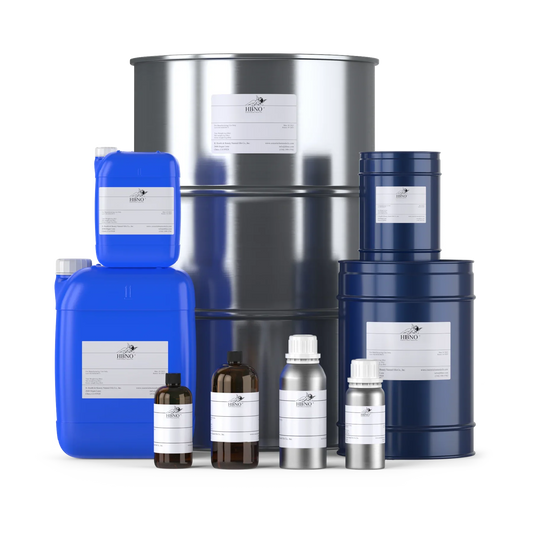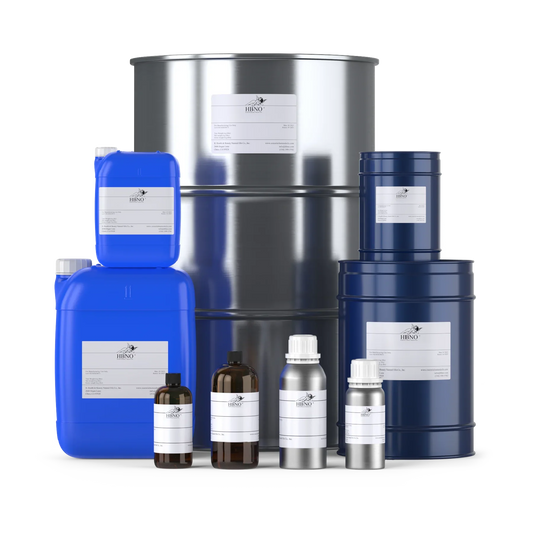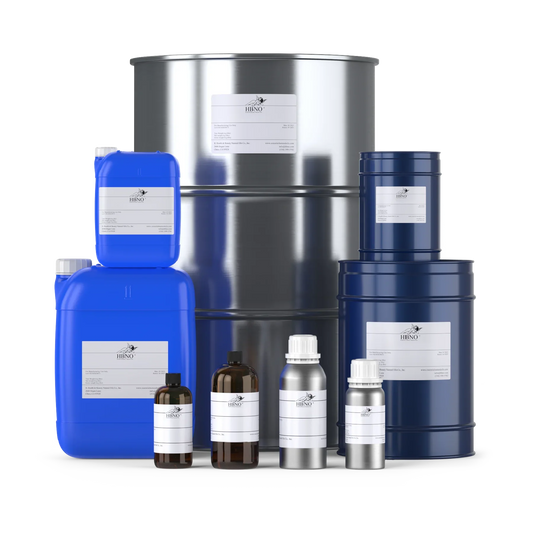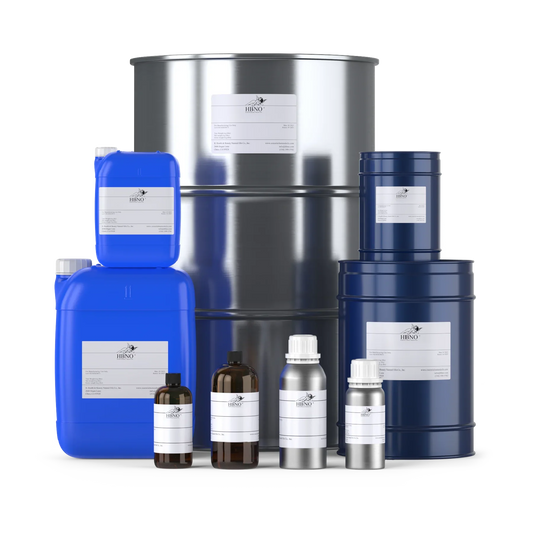Paint and varnish additives
industrial paint and varnish additives
While traditional industrial paint and varnish products rely on synthetic solvents, pigments, and resins, there's a growing interest in incorporating natural alternatives like essential and carrier oils. This shift is driven by several factors
- Sustainability: Essential and carrier oils are derived from plant sources, making them a more eco-friendly, biodegradable option than petroleum-based chemicals.
- Health concerns: Some synthetic solvents emit harmful VOCs (volatile organic compounds) that can contribute to respiratory problems and other health issues. Natural oils offer a safer alternative.
- Unique properties: Certain essential and carrier oils possess beneficial properties that can enhance the performance of paint and varnish products.
In industrial paint and varnish applications, carrier oils are more widely used than essential oils. This is primarily due to the following factors
- Functionality: Carrier oils offer a broader range of functionalities in paint and varnish formulations. They act as binders, plasticizers, waterproofing agents, penetrating agents, and dust inhibitors, significantly impacting the performance of the final product.
- Cost and availability: Carrier oils are generally more readily available and more cost-effective than essential oils, making them a more viable option for large-scale industrial applications.
However, essential oils still play a valuable niche role in industrial paint and varnish applications. Their unique properties, such as antimicrobial activity, biocidal effects, coloring capabilities, and natural fragrances, can enhance the performance and appeal of paint and varnish products.
Here's a closer look at the specific uses of carrier oils and essential oils in paint and varnish industrial applications:
Carrier Oils
Binder:
Plasticizer:
Waterproofing agent
Penetrating agent:
Dust inhibitor:
Examples of carrier oils used in the paint and varnish industry include linseed oil, tung oil, walnut oil, castor oil, and soybean oil.
Essential Oils
Thinner and solvent
Antimicrobial agent:
Biocide:
Colorant
Fragrance:
Examples of essential oils used in Paint and Varnish formulations include:
Note that essential oils are highly volatile, which can lead to faster evaporation, and require adjustments in paint formulations.
• Essential oils: Thinner, solvent, antimicrobial agent, biocide, colorant, fragrance.
o Limonene, tea tree oil, clove oil, turmeric oleoresin
• Carrier oils: Binder, plasticizer, waterproofing agent, penetrating agent, dust inhibitor.
o Linseed oil, tung oil, walnut oil, castor oil, soybean oil
